1.1: Current Configurations of Historical Territories
- Page ID
- 220500
\( \newcommand{\vecs}[1]{\overset { \scriptstyle \rightharpoonup} {\mathbf{#1}} } \)
\( \newcommand{\vecd}[1]{\overset{-\!-\!\rightharpoonup}{\vphantom{a}\smash {#1}}} \)
\( \newcommand{\id}{\mathrm{id}}\) \( \newcommand{\Span}{\mathrm{span}}\)
( \newcommand{\kernel}{\mathrm{null}\,}\) \( \newcommand{\range}{\mathrm{range}\,}\)
\( \newcommand{\RealPart}{\mathrm{Re}}\) \( \newcommand{\ImaginaryPart}{\mathrm{Im}}\)
\( \newcommand{\Argument}{\mathrm{Arg}}\) \( \newcommand{\norm}[1]{\| #1 \|}\)
\( \newcommand{\inner}[2]{\langle #1, #2 \rangle}\)
\( \newcommand{\Span}{\mathrm{span}}\)
\( \newcommand{\id}{\mathrm{id}}\)
\( \newcommand{\Span}{\mathrm{span}}\)
\( \newcommand{\kernel}{\mathrm{null}\,}\)
\( \newcommand{\range}{\mathrm{range}\,}\)
\( \newcommand{\RealPart}{\mathrm{Re}}\)
\( \newcommand{\ImaginaryPart}{\mathrm{Im}}\)
\( \newcommand{\Argument}{\mathrm{Arg}}\)
\( \newcommand{\norm}[1]{\| #1 \|}\)
\( \newcommand{\inner}[2]{\langle #1, #2 \rangle}\)
\( \newcommand{\Span}{\mathrm{span}}\) \( \newcommand{\AA}{\unicode[.8,0]{x212B}}\)
\( \newcommand{\vectorA}[1]{\vec{#1}} % arrow\)
\( \newcommand{\vectorAt}[1]{\vec{\text{#1}}} % arrow\)
\( \newcommand{\vectorB}[1]{\overset { \scriptstyle \rightharpoonup} {\mathbf{#1}} } \)
\( \newcommand{\vectorC}[1]{\textbf{#1}} \)
\( \newcommand{\vectorD}[1]{\overrightarrow{#1}} \)
\( \newcommand{\vectorDt}[1]{\overrightarrow{\text{#1}}} \)
\( \newcommand{\vectE}[1]{\overset{-\!-\!\rightharpoonup}{\vphantom{a}\smash{\mathbf {#1}}}} \)
\( \newcommand{\vecs}[1]{\overset { \scriptstyle \rightharpoonup} {\mathbf{#1}} } \)
\( \newcommand{\vecd}[1]{\overset{-\!-\!\rightharpoonup}{\vphantom{a}\smash {#1}}} \)
Today, Asia is the largest continent on Earth, characterized by an extensive and varied landscape composed of five major physical regions: mountains, plateaus, plains, steppes, and deserts. It is home to both Russia and the densely populated countries of China and India. With a land area of 30 percent of the Earth's total, Asia is the largest continent in size and landmass. Additionally, it accounts for most of the world's population, with approximately 60 percent of people residing within its borders. Furthermore, Asia is partitioned into two major regions, Europe to the West and Asia to the East, separated by the Ural and Caucasus Mountains. The map (1.1.1) provides a visual representation of all the countries that are currently categorized under the continent of Asia as of the present time. It is worth noting that the map is an accurate and reliable source of information that accurately depicts the countries' locations and boundaries.
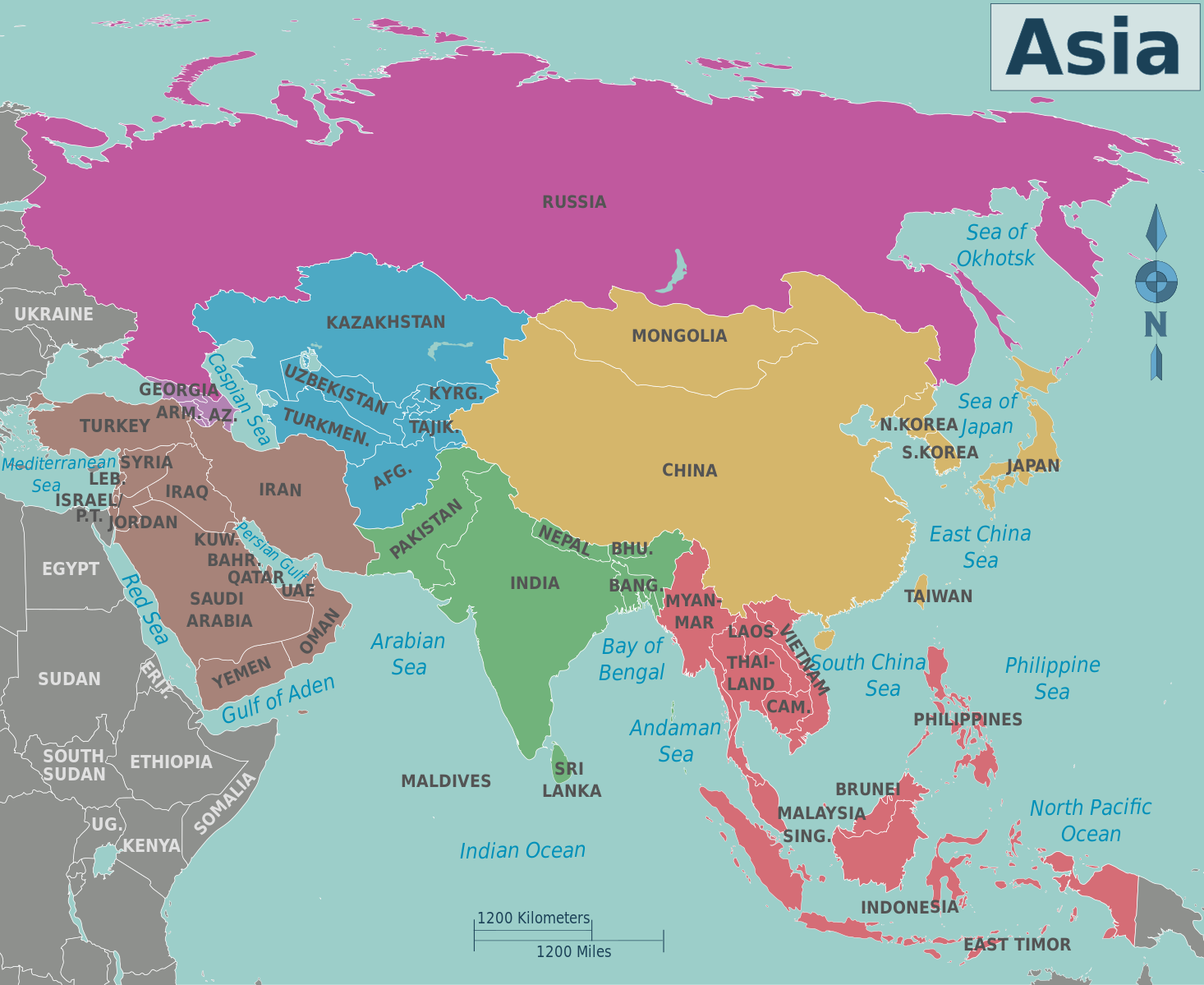
Throughout history, the borders and territories of maps have undergone significant changes due to various factors. From the earliest settlements, populations grew and engaged in battles for land, leading to shifting borders and territories. As people migrated, different language groups emerged in various regions. The growth of settlements brought about changes in language groups and territories, ultimately leading to establishing control over a region and defining its boundaries. The four charts (1.1.2) (1.1.3) (1.1.4) (1.1.5). provide insight into the movement of people and the development of languages. It is worth noting that the names of regions used are modern names to better understand the regions in today's context. Nevertheless, the maps prove valuable in understanding the changes that occurred over thousands of years, leading to the formation of modern-day countries such as China, India, Japan, Vietnam, and others.
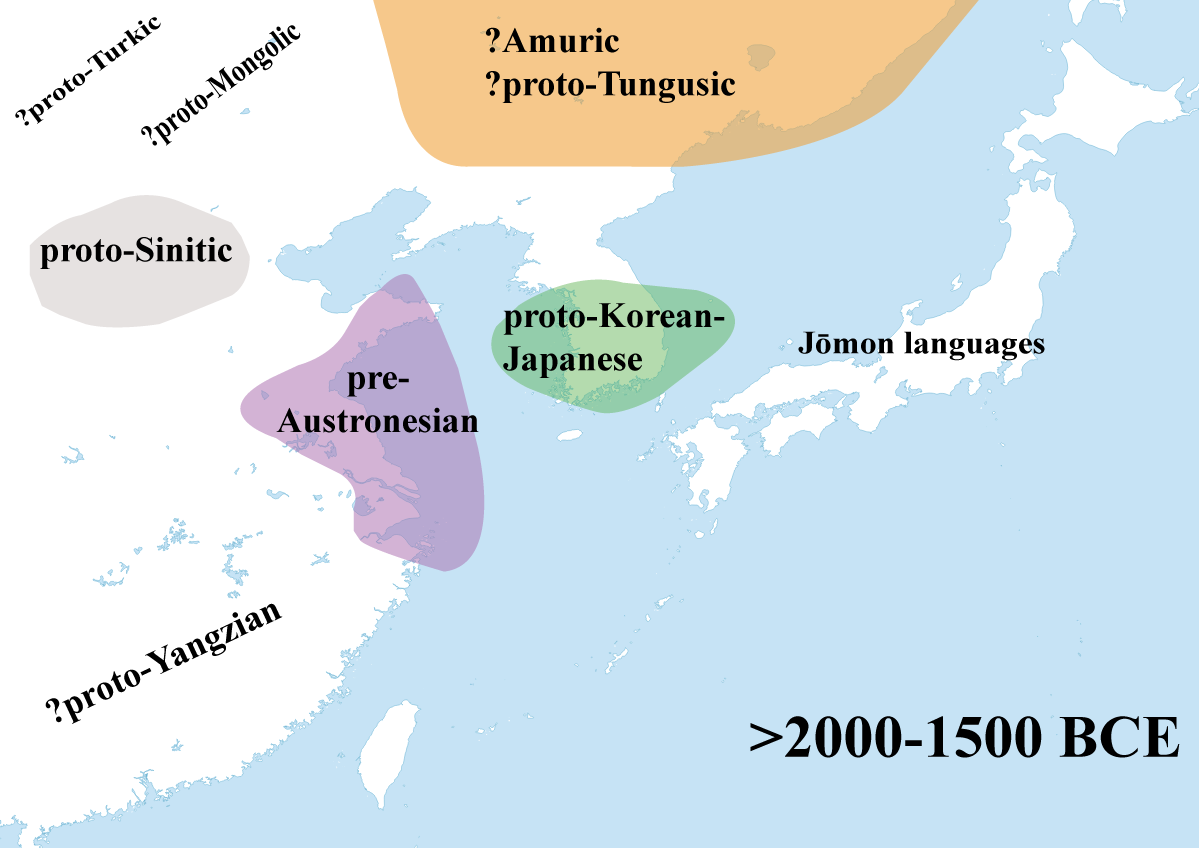
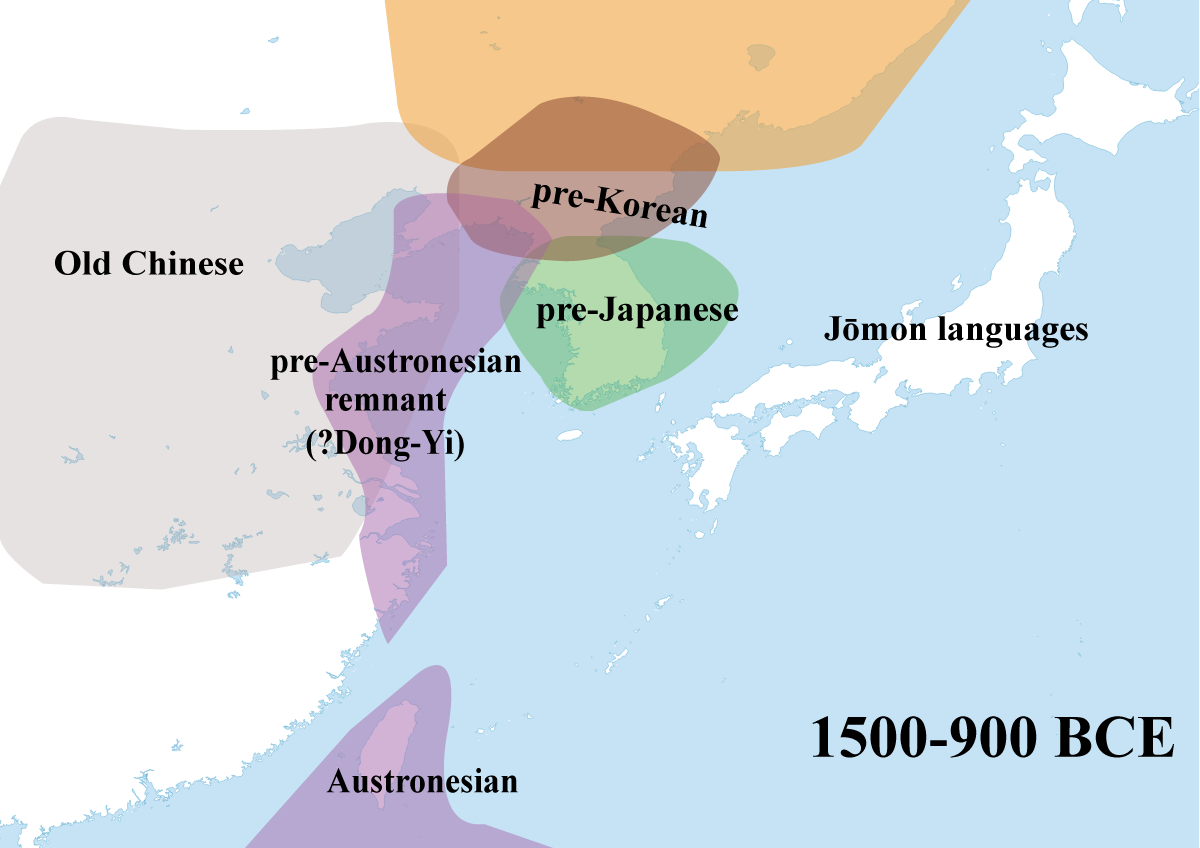
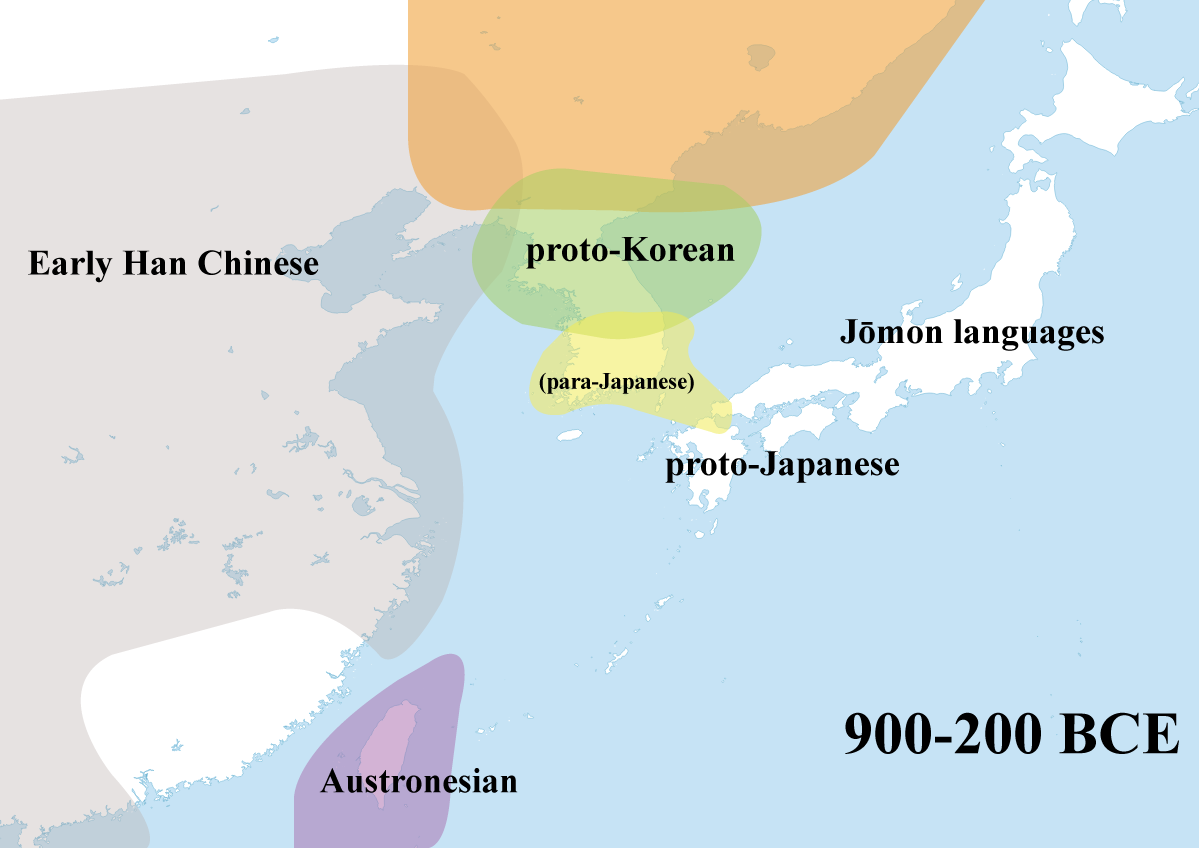
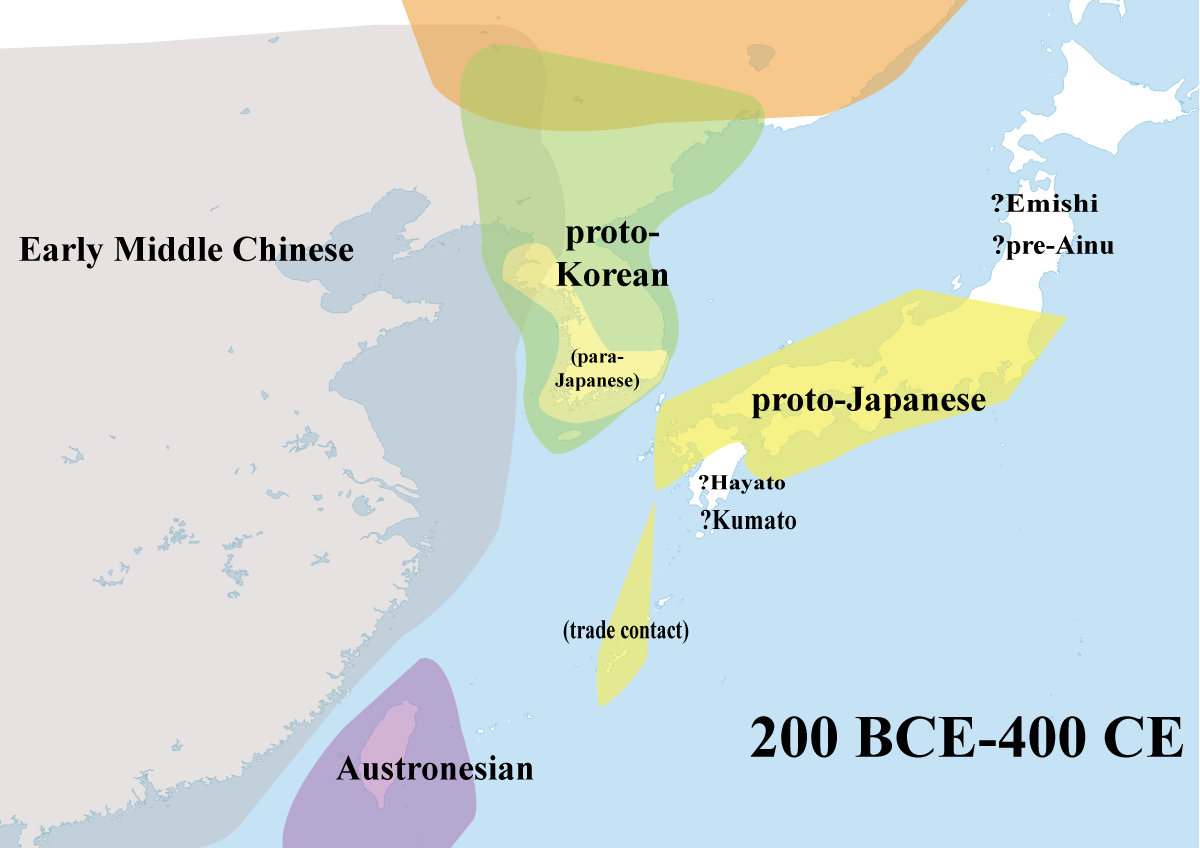
The exclusion of Russia and the Middle East from discussions or classifications of "Asian Art" can be attributed to various historical, cultural, and geographical factors. It is important to acknowledge that the definition of "Asian Art" can vary depending on the context and perspective. The Middle East boasts of a magnificent artistic heritage that has greatly contributed to fields like Islamic art and architecture. Nevertheless, in some instances, its profound historical and religious ties with other continents like Africa and Europe are treated distinctly from Asian art. When people talk about "Asian Art", they usually mean the art that comes from East, Southeast, and South Asia. Russia is mostly located in northern Eurasia, so it's often seen as part of Europe instead of Asia. The Middle East is sometimes considered a separate category because of its cultural, historical, and political importance.
The term "Asian Art" is frequently used to draw attention to the unique artistic traditions of countries such as China, Japan, Korea, India, and Southeast Asian nations. These regions possess varied and rich artistic heritages yet share common cultural ties. Additionally, Russia and Middle Eastern countries have their own distinct artistic traditions that have been shaped by various historical and cultural influences. The study and categorization of art have been influenced by colonial histories and Eurocentric perspectives. European colonial powers historically played a significant role in shaping the academic study of art, often focusing on their own cultural spheres. This has led to some regions being marginalized or excluded from mainstream art narratives.
Russia's rich and diverse artistic heritage has been shaped by a unique blend of cultural influences stemming from its vast geographic expanse. Russian art has traditionally been associated with Western artistic traditions and classified within the context of European art history, highlighting its deep-seated ties to the broader artistic community. Academic disciplines frequently use categorizations for pragmatic purposes, and the classification of art is no different. Although it may be debatable to include Russia and the Middle East when discussing Asian art, there are also credible arguments for treating them distinctly because of their distinctive cultural, historical, and artistic backgrounds. It is important to recognize that classifications of art are not permanent and can change with time. As our understanding of art history expands to include a wider global perspective, the conversation surrounding categories such as "Asian Art" may become more sophisticated and inclusive, recognizing the interrelatedness of artistic traditions across different regions.


